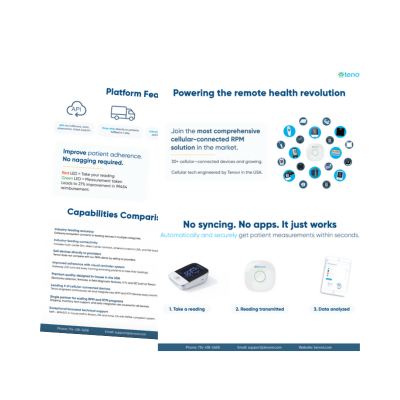Taking your blood pressure accurately can sometimes require practice. Following best practices for taking your blood pressure can help you measure your blood pressure correctly and avoid common mistakes that can lead to unreliable results. This article is about how to take your blood pressure accurately at home with a remote blood pressure monitoring device, with practical suggestions to help you secure reliable readings and avoid common mistakes.
Before Taking Your Blood Pressure
Before taking your blood pressure, you want to avoid the common pitfalls that can throw off readings. Blood pressure is variable not static. It can fluctuate up to 20 mmHg throughout the day due to stress, caffeine, movement, talking, and even a full bladder. If you are at home, take your time and take your time with the process.
To take your blood pressure accurately:
- Sit upright in a chair with back supported.
- Keep your feet flat, legs uncrossed.
- Rest your arm on a flat surface at heart level.
- Place the cuff directly on bare skin.
- Stay quiet and still and avoid talking, texting, or fidgeting.
Taking Your Blood Pressure
Taking your blood pressure should be a consistent, repeatable process. The American Heart Association recommends home blood pressure monitoring for individuals with high blood pressure. Measuring at the same time each day, ideally after resting quietly for five minutes. One reading isn’t enough.
When taking your blood pressure at home:
- Measure at the same time each day
- Take two readings, one minute apart
- Record both readings, then average them
- If you get an odd result, wait a few minutes and try again
If one reading seems unusually high or low, wait a few minutes, relax, and try again. Blood pressure should be assessed based on patterns and averages over time, not a single measurement. If you believe your measurement is high, immediately contact your healthcare provider.
Taking Your Blood Pressure with Tenovi BPM
If you are using a Tenovi remote blood pressure monitor here are some tips to optimize taking your blood pressure with our monitor. A poorly placed cuff is one of the top reasons for inaccurate readings. When in doubt, check placement and stay still.
Tenovi cuff tips for taking your blood pressure:
- Measure with your left arm. Tenovi cuffs are designed for use on your left arm, directly on bare skin.
- Not too tight. Wrap it snugly, but just enough so you can slip one finger underneath comfortably.
- Hose alignment matters. Lightly hold the hose between your pinky and ring finger, and let it follow the inside of your arm. That ensures the internal sensor hits the correct artery position.
- Once the cuff inflates, your Gateway will beep and turn green letting you know the reading is complete.
Taking your blood pressure correctly is important. Flawed readings can lead to overmedication, under-treatment, or unnecessary stress. And when you’re sharing these numbers with your doctor, accuracy is critical for clinical decision-making. The next time you’re taking your blood pressure, be sure to take your time and read through these tips again.
Sources
Schutte, A.E., Cuschieri, S., Mels, C.M.C., & Kruger, R. (2022). Blood pressure and its variability: Classic and novel measurement techniques. Journal of Human Hypertension.
Musini, V.M., Gueyffier, F., Puil, L., Salzwedel, D.M., & Wright, J.M. (2009). Factors affecting blood pressure variability: Lessons learned from two systematic reviews of randomized controlled trials. Current Hypertension Reports.
Centers for Disease Control and Prevention. (2023). Measuring your blood pressure. CDC High Blood Pressure.
American Heart Association. (2023). Monitoring your blood pressure at home. American Heart Association.
Kallioinen, N., Hill, A., Horswill, M.S., Ward, H.E., & Watson, M.O. (2017). Sources of inaccuracy in the measurement of adult patients’ resting blood pressure in clinical settings: A systematic review. Journal of Hypertension.


